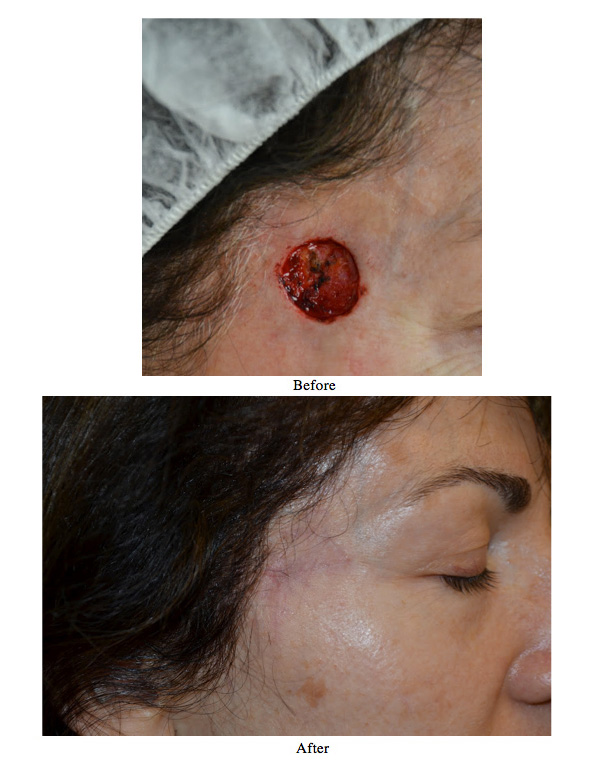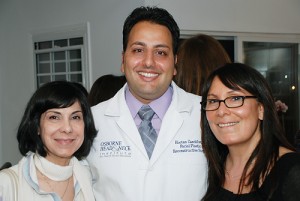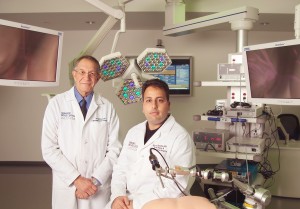- Folded Ear in Newborns: Treatment Options - April 11, 2018
- Newborn Ear Deformity: What Can Be Done? - April 11, 2018
- Ear Molding: An Overview - November 2, 2017
- Otoplasty for Protruding Ears - September 26, 2017
- Basal Cell Carcinoma: Facial Reconstruction Timing - September 26, 2017
- Clinical Considerations of Mohs Reconstruction of Cheek Defect - September 26, 2017
- Basal Cell Carcinoma: Nasal Bridge Reconstruction - September 26, 2017
- Skin Cancers Involving the Eyebrow: Clinical Considerations - October 3, 2016
- Treatment of Multiple Skin Cancer Lesions - June 1, 2016
- Skin Cancer: Nasal Reconstruction and Scar Management - June 1, 2016
How long will a lump last after Mohs surgery?
Question: I had squamous cell carcinoma of my temple removed by Mohs surgery and reconstructed by the Mohs surgeon. It has been 6 months but I continue to feel a lump along the incision and my incision is visible. Also the corner of my eye is pulled. Will this improve? How long should I wait?

Discussion: It is common to feel or see lumpiness of the incision for about 3 months after surgery. However, if this has continued since then or it has been getting bigger you should see a physician immediately. It is possible that this is a recurrence of your cancer. If it is cancer it will need to be removed immediately. If it is only scarring then there are various things that we can do to improve the appearance.
Most of the time the scarring can be addressed with non-invasive interventions. Steroid injection into the scar can remove the lumpiness and even the coloring. At times topical medications can help to improve the appearance of a raised and red scar. Carboxytherapy, a novel approach where a small amount of carbon dioxide is injected in the scar, can also be used to improve the apperance of the scar. Lasers can be used to remove redness and pigmentary changes. Finally if need be the scar can be cut out and closed again in a proper method.
Key Points:
Cosmetic result after Mohs surgery is mostly dependant on location and the size of the tumor and experience of the person who is closing the defect.
Scar revision is addressed in a multi approach manner.
Experience matters the most. You want your facial plastic surgeon to be especially trained in the care of the cosmetics of the face and a fellowship with the American Academy of Facial Plastic and Reconstructive surgery is a great way to assure that level of training.
Read patient stories about Dr. Hootan Zandifar from the Skin Center, at the internationally renowned Osborne Head & Neck Institute.
To learn more about Dr. Zandifar and other facial plastics procedures offered at the internationally renowned Osborne Head and Neck Institute visit our website at: http://www.ohnifacialplastics.com




